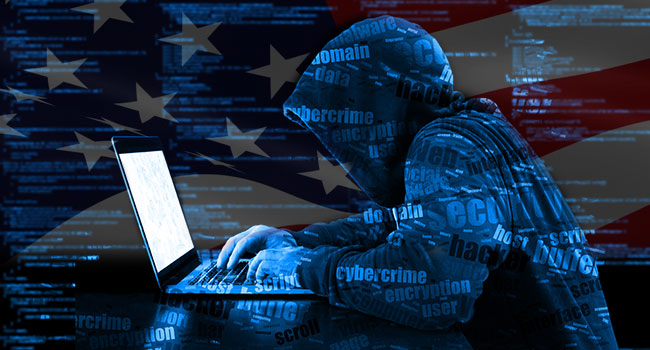
Trump Administration, DHS Fight to Ensure American Technological Advantage and Competitiveness on Innovative Technologies
The Trump Administration continues its work to ensure America’s technological and innovative edges are guaranteed by offering the first National Strategy for Critical and Emerging Technology. The plan outlines efforts to protect critical and emerging technologies across American industry, including fields such as Computing; Artificial Intelligence; Communications and Networking; Data Science and Storage; Semiconductors; and Space.
The Department of Homeland Security plays a pivotal role in these efforts and by building upon this Strategy, will continue working to safeguard the homeland. DHS’s continued mission success depends on American innovation to bring the best technologies to bear against threats to our homeland.
“America has led the world in science and technology for generations and this Strategy positions us to maintain that in spite of the efforts from adversaries like China and Russia”, said Acting Secretary Chad F. Wolf. “As we are challenged on the world stage by both hostile foreign powers and society’s increasing reliance on technology, now is the time to further recognize the risks and opportunities that face us in order to ensure our economic prosperity and national security.
“The strategy centers on two core pillars designed to advance America’s technological advantage in the world and protect American workers and designers from harmful theft of their intellectual property. The first pillar, Promote the National Security Innovation Base, seeks to establish American innovation as the driving force in our national security.
“Pillar Two, Protect Technology Advantage, recognizes the threat posed to our innovative tradition and economy by nations who seek to gain from theft of our technical breakthroughs to threaten America’s global position. In collaboration with our partners, this coordinated strategy will protect America’s collective knowledge, capabilities and human capital, and invest in STEM education to support a world class technical workforce. At DHS, we share this strategic vision and are taking steps to develop and retain our STEM workforce to support these goals,” Wolf said.